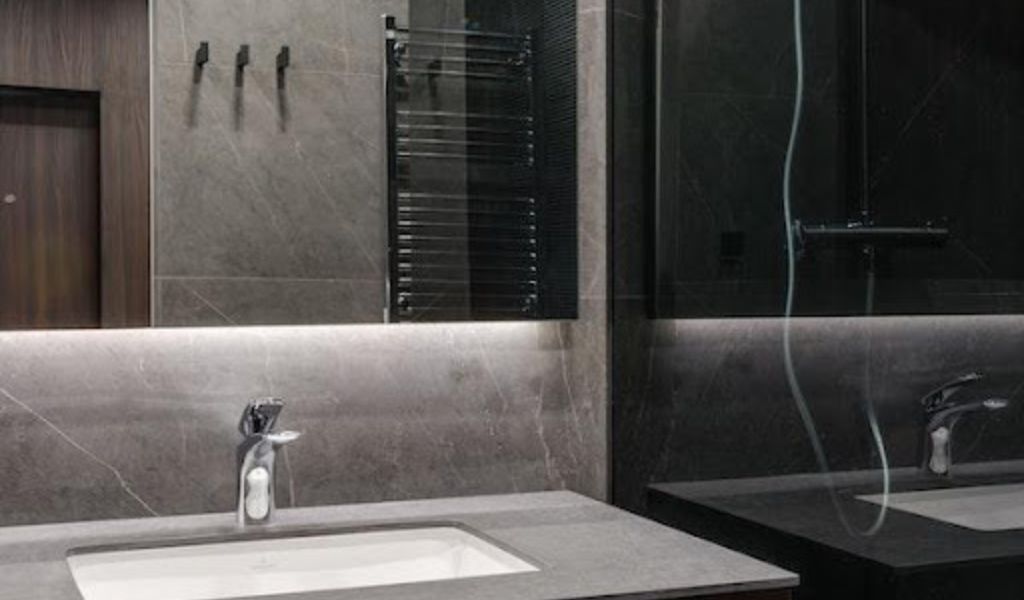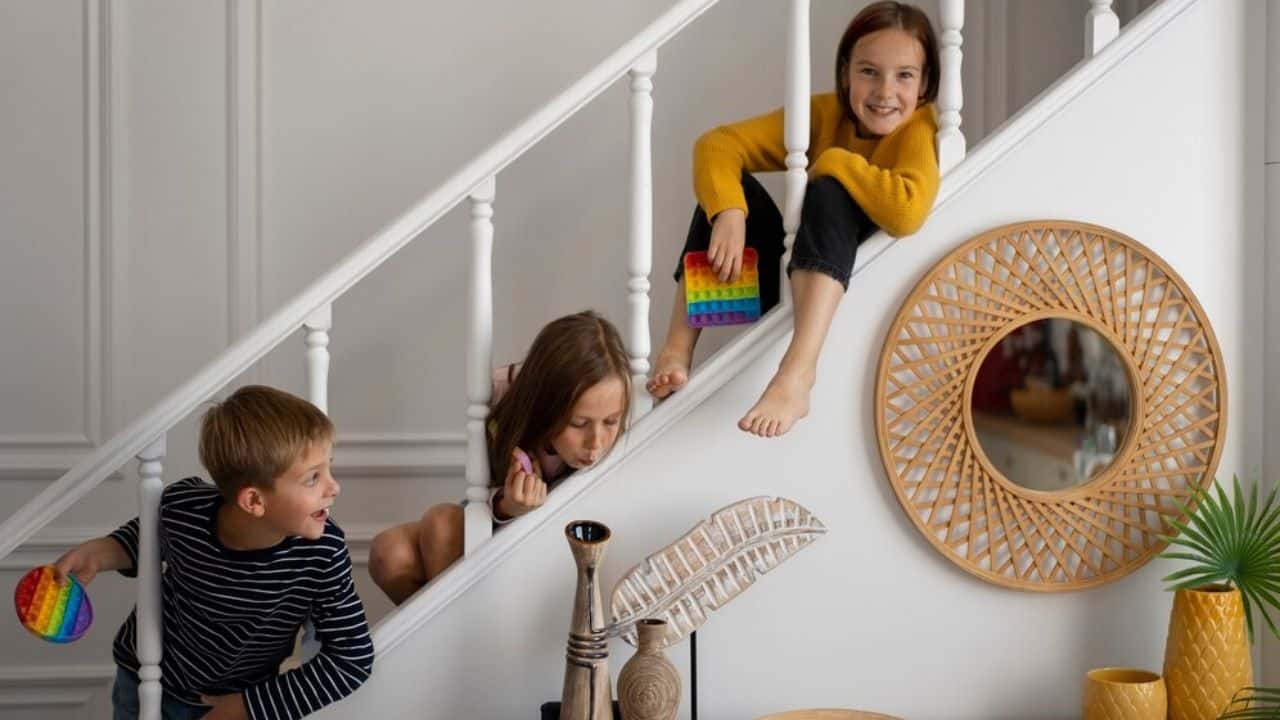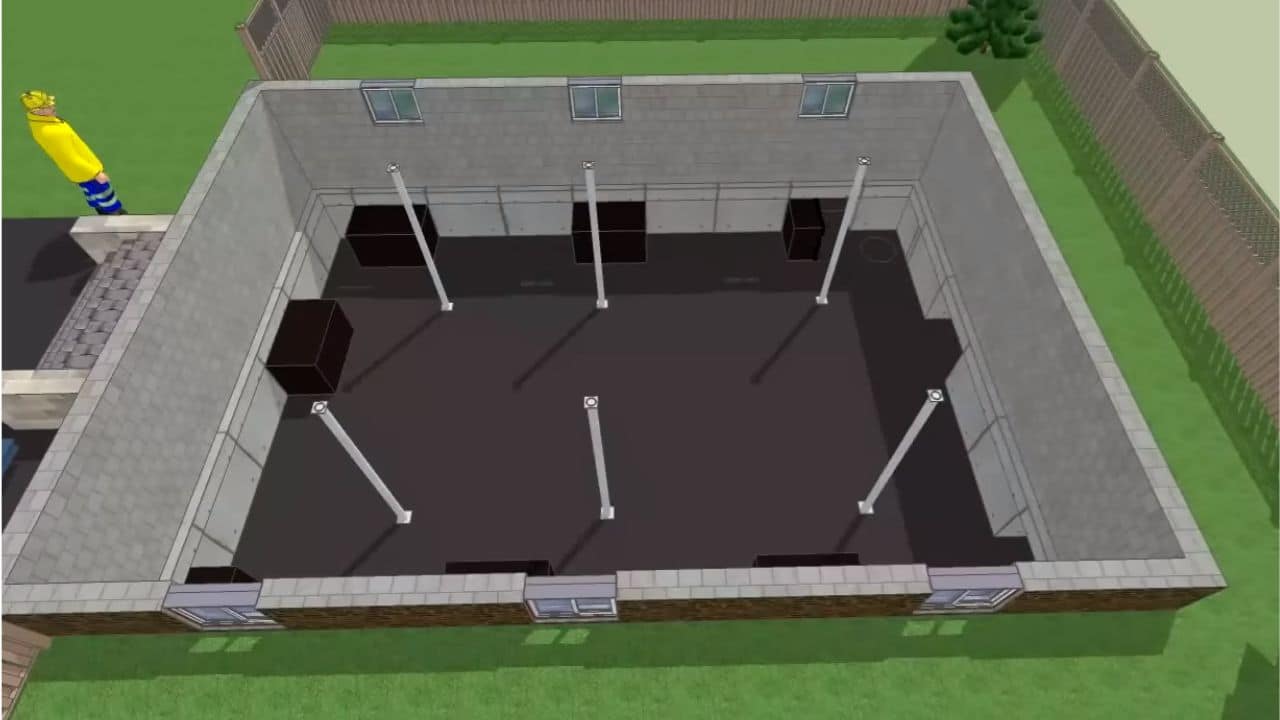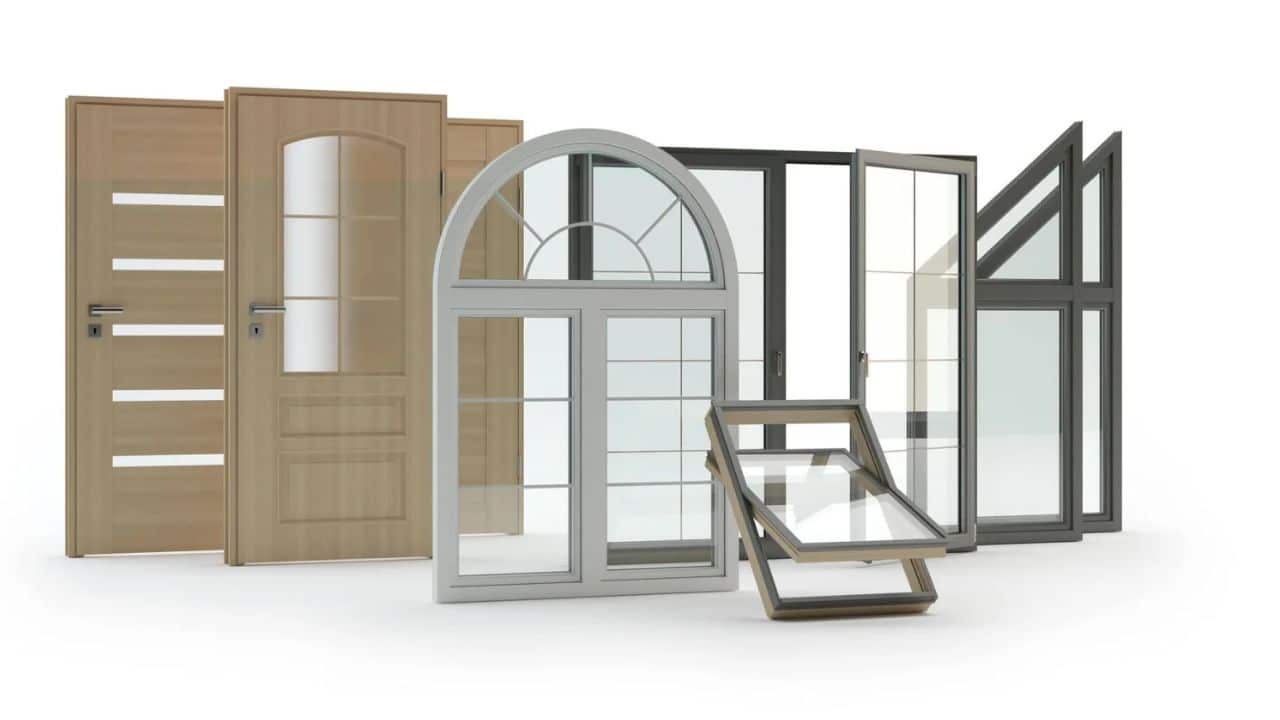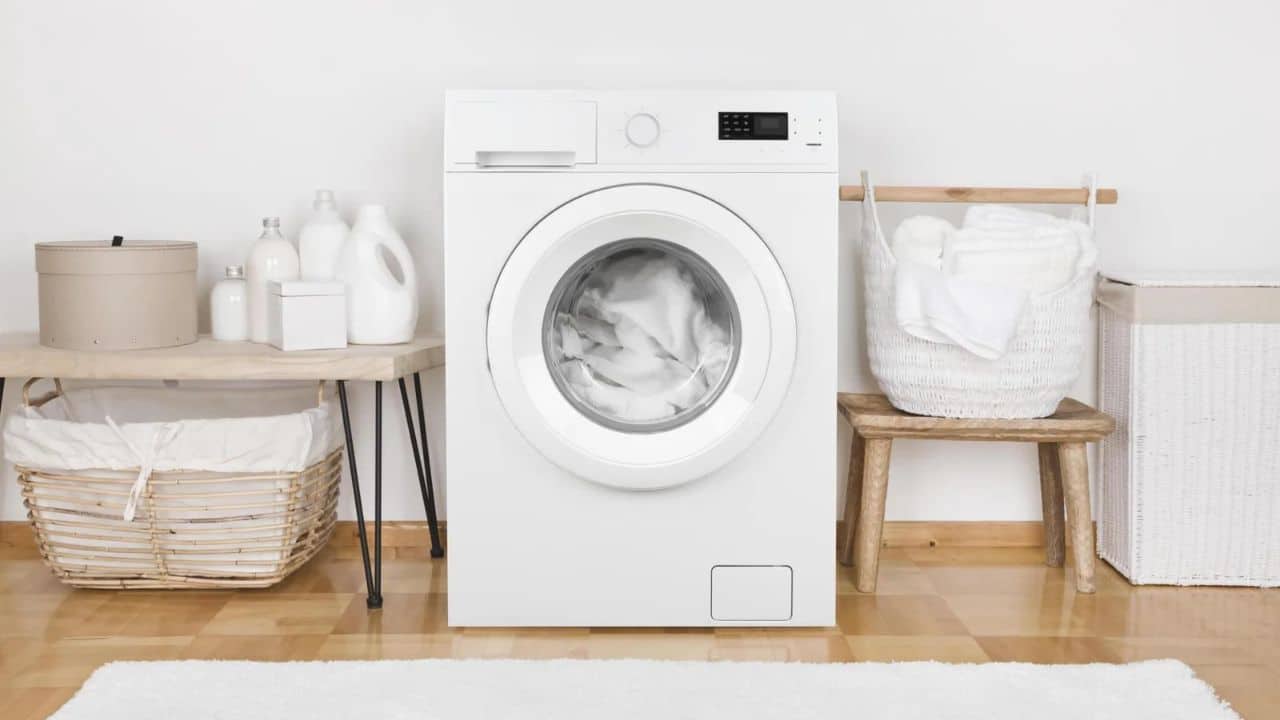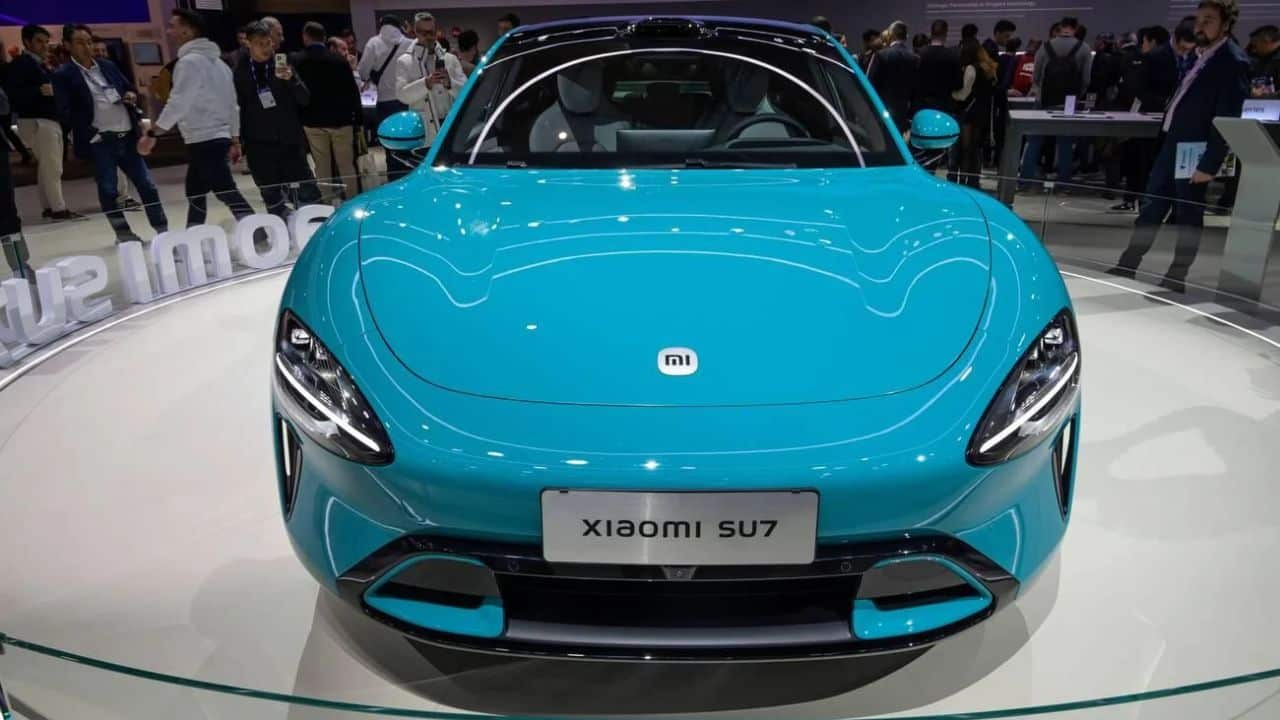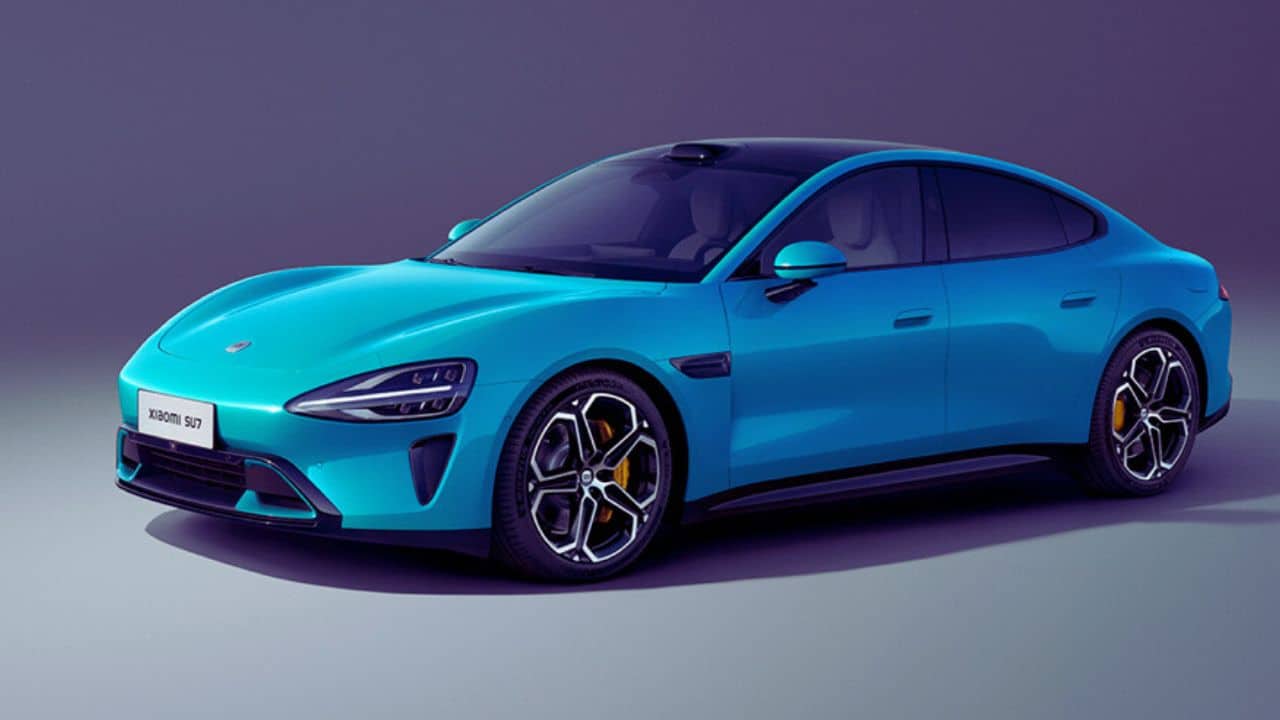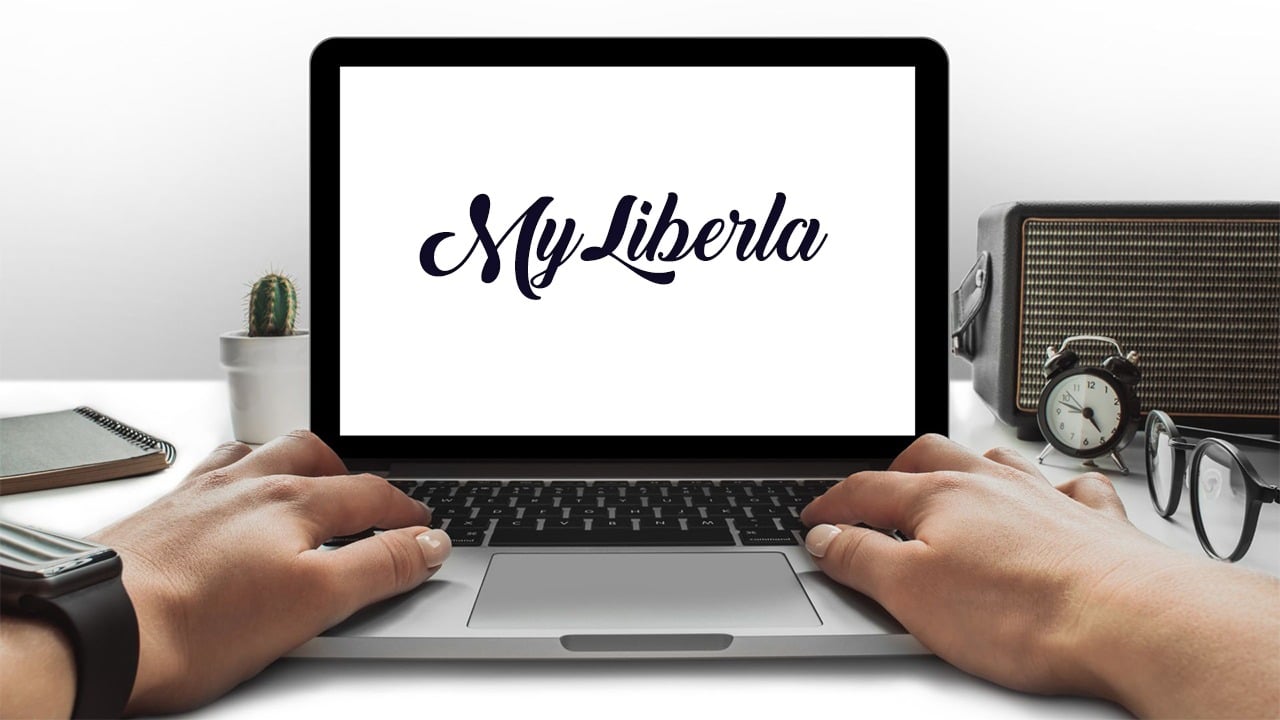A bidet is a type of toilet with an attached lavatory with water sprayers, usually mounted above the toilet bowl. The water used in the bidet can vary to fall below a specific temperature and pressure so that it cannot cause any damage to one’s anal and/or genital areas on contact. A bidet is used by sitting or kneeling over its nozzle to clean oneself after using the toilet. This post will explore some of the most popular bidets in the market.
1. Non-Electric Bidet
A Non-electric bidet is a type that doesn’t require any power or electricity to function. It essentially works by using the jet of water from a tap or hose to clean one’s anus and/or genitals after they have finished using the toilet.
It can be as simple as a cup filled with water or as complicated as a sophisticated sink with a nozzle and controls.
2. An Electric Bidet
An electric bidet is a type of bidet that requires power to function. It typically has powered nozzles and electronic controls to adjust the water pressure and temperature and the duration the water will be sprayed.
It tends to be considerably less messy than its non-electric counterparts since it produces a fine water stream or mist instead of a forceful jet of water.
3. A Handheld Bidet
A handheld bidet can be carried and used by hand. It tends to be small and easy to use. However, it may not be as ergonomic or convenient as a bidet that can be installed in the bathroom. It uses the water pressure from a tap to clean one’s anal and/or genital areas after finishing the toilet.
4. A Portable Bidet
This bidet can be moved from one location to another. It’s often small and easy to use but not convenient as a stationary bidet. A portable bidet tends to be a handheld device that can be used by hand. However, it can also come in handy shower caddies or even a simple bucket with a hose attached to it. A portable bidet may be a bottle with a nozzle or a hose that can be used for cleaning.
5. Stand-Alone Bidet Basin
A stand-alone bidet basin is a type of bidet that is visually similar to a sink or lavatory but has internal plumbing and comes with a hose or tap to supply water from the sink.
It’s the most expensive type since it often requires professional installation and additional supplies such as running water and plumbing for that source.
6. Toilet Bidet Attachment
It’s the most convenient type because it’s attached to the toilet. It comes with a hose and a nozzle that can be locked in place, so they don’t fall off accidentally. Sometimes, a toilet bidet has additional features such as touch control buttons or sensors.
This bidet is attached to the toilet, so it is easily accessible. However, it uses a house water supply and plumbing, so installation requires professional assistance. A toilet bidet uses a hose with a nozzle that is easily placed in the toilet seat and can be removed when not in use.
7. Built-in Toilet Bidet
A built-in toilet bidet is the most convenient type because it is already an integral part of the toilet. It often comes as an add-on to a standard toilet and requires a button press from one’s regular seat to activate the water.
This bidet is usually more expensive than other types but can make for a very convenient and seamless experience. Some even have attachments that allow one to use their smartphone to unclog the nozzle or adjust its settings.
The Bottom Line
Although many different bidets are available in the market, they are all designed to provide a specific function and fulfill a particular need. Therefore, they have advantages and drawbacks, which can vary depending on who is looking for them and their budget. With that in mind, the best bidet works well for you and your needs.

